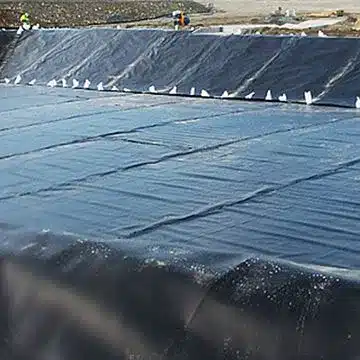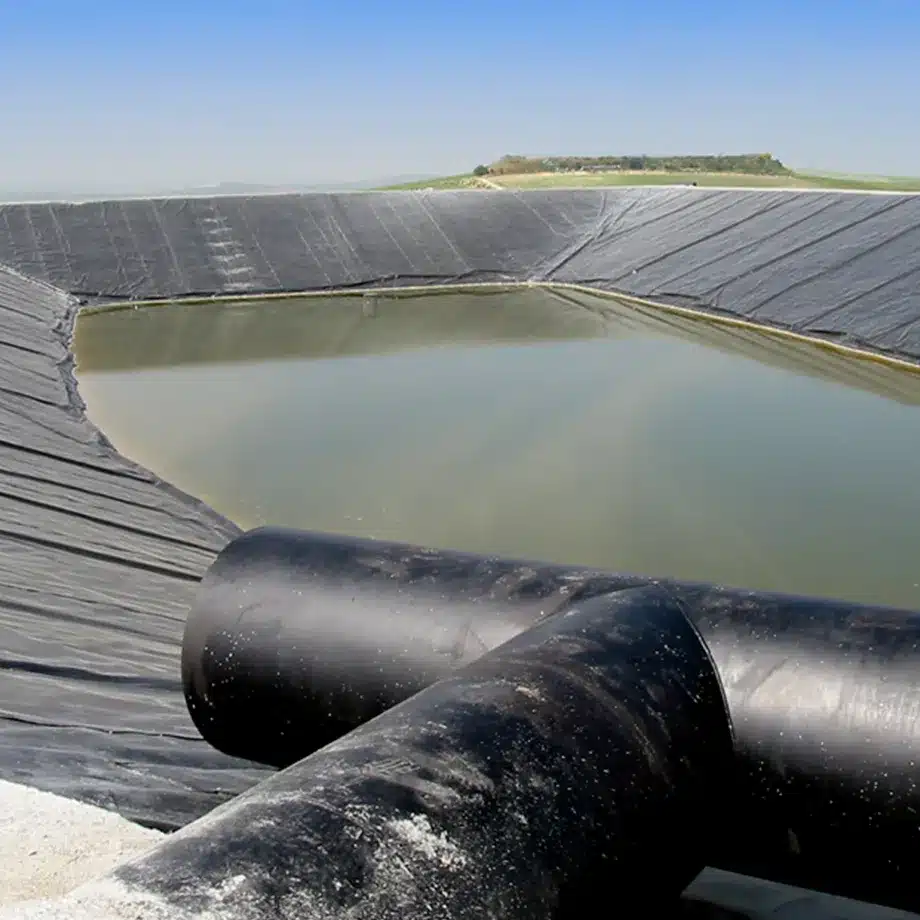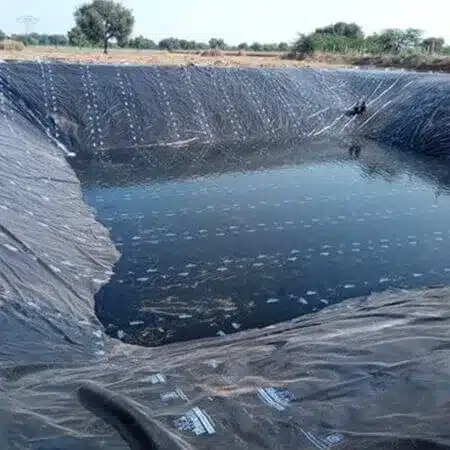+86-159 9860 6917
info@geofantex.com
geofantex@gmail.com
+86-400-8266163-44899
Discover the exceptional capabilities of HDPE geomembrane in modern construction and environmental solutions. High-density polyethylene (HDPE) geomembranes have revolutionized containment applications with their impermeable and durable nature. From safeguarding landfills to enhancing water conservation, HDPE geomembranes play a vital role in various industries. Explore the versatility and benefits of this advanced synthetic membrane technology that offers unparalleled resistance to chemicals, longevity, and environmental protection.
What are the Specifications of HDPE Geomembrane Liners?
HDPE geomembrane liners come with specific characteristics that make them suitable for various applications:
Thickness: HDPE liners are available in a range of thicknesses, from 0.5 mm to 2.5 mm or more, catering to the specific needs of each project.
Width and Length: They are manufactured in rolls of varying widths and lengths, allowing for seamless installation over expansive areas.
Material Quality: High-Density Polyethylene (HDPE) offers durability, chemical resistance, and impermeability, ensuring reliable containment.
Textured vs. Smooth: Liners can come in textured or smooth variations, with textured liners providing enhanced friction for slope stability.
What Factors Influence HDPE Geomembrane Price?
The pricing of HDPE geomembranes can be influenced by several factors:
Thickness: Thicker liners typically come at a higher cost due to increased material usage.
Quality: The quality and brand reputation of the manufacturer can impact pricing.
Size: Larger rolls or customized sizes may incur higher costs.
Texture: Textured liners may be priced slightly higher than smooth ones due to the manufacturing process.
Quantity: Bulk orders may lead to volume discounts.
Where Are HDPE Geomembranes Commonly Used?
HDPE geomembranes find extensive applications in various sectors:
Waste Management: They are used as landfill liners to prevent leachate from contaminating the environment.
Water Containment: HDPE liners line reservoirs, ponds, and canals, preventing seepage and ensuring water conservation.
Mining: Geomembranes are employed in mining operations to contain hazardous substances and prevent environmental damage.
Agriculture: They aid in irrigation by preventing water loss and maintaining soil moisture levels.
Aquaculture: HDPE liners create controlled environments in fish and shrimp farming.
Infrastructure: They are used in tunnels and highways to prevent water ingress.
What Are the Advantages of HDPE Geomembranes?
HDPE geomembranes offer numerous benefits:
Impermeability: Prevents liquids and gases from permeating, safeguarding against contamination.
Durability: Resistant to environmental stressors, ensuring longevity.
Chemical Resistance: Withstands a wide range of chemicals, making them suitable for various applications.
Flexibility: Adapts to irregular surfaces and ground movements.
Cost-Effective: Long service life and minimal maintenance contribute to cost savings.
Environmental Protection: Safeguards soil and groundwater from pollution.

In conclusion, HDPE geomembranes stand as a testament to innovation in containment technology. Their specifications, pricing considerations, and diverse applications highlight their significance in preserving the environment and ensuring the integrity of various projects, from waste management to water conservation.



Get Free Sample
We’ll respond as soon as possible(within 12 hours)






















